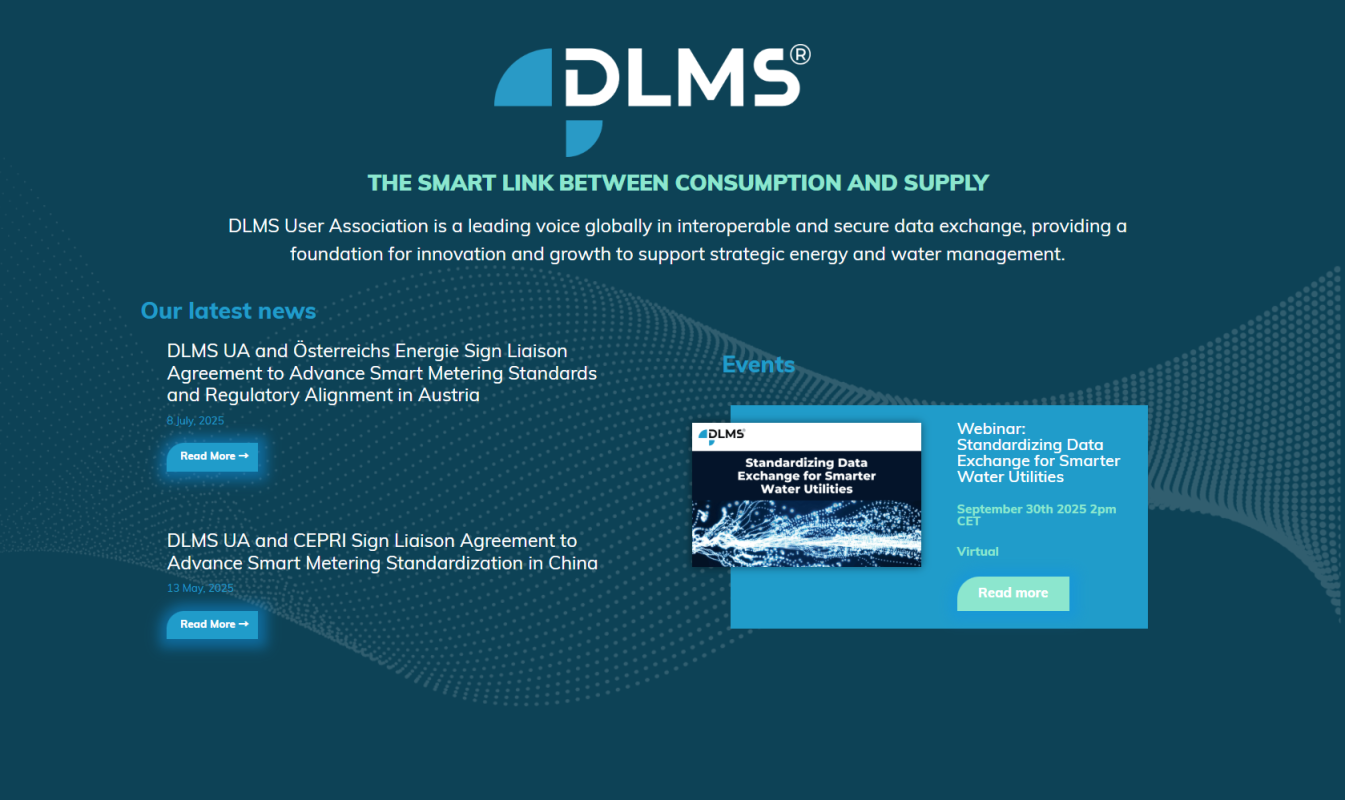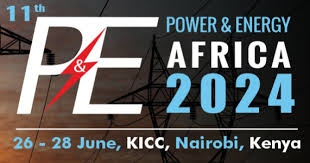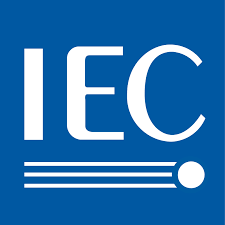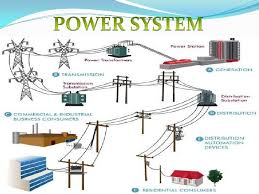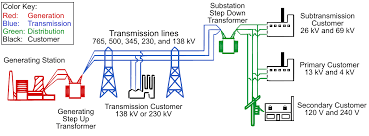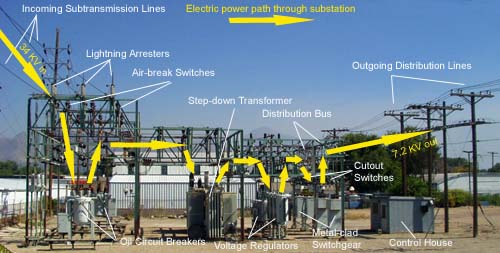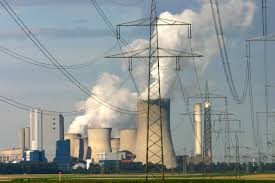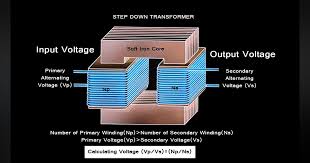The energy landscape across Africa is transforming. With rapid urbanization, increasing demand, and a push towards greater grid efficiency, Advanced Metering Infrastructure (AMI) is no longer a luxury—it’s a necessity. Smart meters are at the heart of this revolution, acting as crucial data nodes that enable utilities to manage energy effectively, reduce losses, and empower […]
Category Archives: NEWS
We are thrilled to announce that BUYI TECH Metering will be showcasing at the Enlit Asia 2025 exhibition in Bangkok this September! As a leading provider of advanced metering solutions, we look forward to connecting with energy industry experts, partners, and customers from across Southeast Asia to explore trends, showcase innovative results, and strengthen collaborations. […]
IEC 62052-11, Electricity metering equipment (AC)- General requirements, tests and test conditions -Part 1l:Metering equipment IEC 62053 -21, Electricity metering equipment (AC) – Static meters for active energy (classes 1 and 2) IEC 62053 -23, Electricity metering equipment (AC)- Static meters for reactive energy(classes 2 and 3) IEC 62055-31., Electricity metering – Payment systems, particular […]
An electric power system is a network of electrical components deployed to supply, transfer, and use electric power. An example of a power system is the electrical grid that provides power to homes and industries within an extended area. The electrical grid can be broadly divided into the generators that supply the power, the transmission […]
An electrical grid (or electricity network) is an interconnected network for electricity delivery from producers to consumers. Electrical grids consist of power stations, electrical substations to step voltage up or down, electric power transmission to carry power over long distances, and finally electric power distribution to customers. In that last step, voltage is stepped down […]
A substation is a part of an electrical generation, transmission, and distribution system. Substations transform voltage from high to low, or the reverse, or perform any of several other important functions. Between the generating station and consumer, electric power may flow through several substations at different voltage levels. A substation may include transformers to change […]
A power station, also referred to as a power plant and sometimes generating station or generating plant, is an industrial facility for the generation of electric power. Power stations are generally connected to an electrical grid. Many power stations contain one or more generators, rotating machine that converts mechanical power into three-phase electric power. The […]
In electrical engineering, a transformer is a passive component that transfers electrical energy from one electrical circuit to another circuit, or multiple circuits. A varying current in any coil of the transformer produces a varying magnetic flux in the transformer’s core, which induces a varying electromotive force (EMF) across any other coils wound around the […]
- 1
- 2

